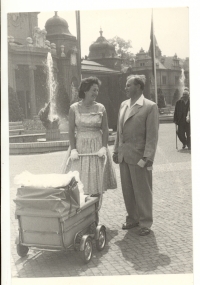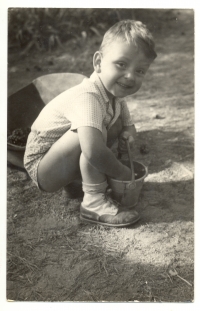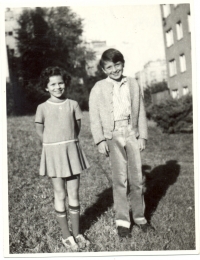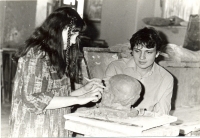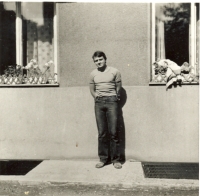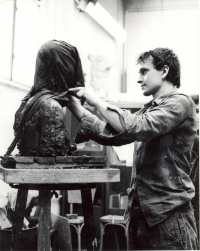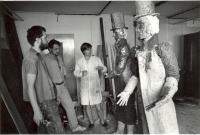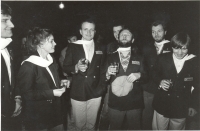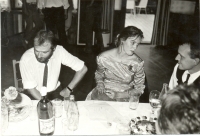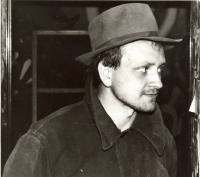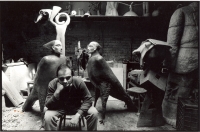If my dad were alive, I wouldn‘t get into Academy of Fine Arts. I saw the creation of The Stubborn as a political act

Stáhnout obrázek
Michal Gabriel was born on 25 February 1960 in Prague. His father František was a member of the Czechoslovak Communist Party and a driver at the Ministry of Culture. His mother Jarmila worked at the same ministry in the theatre institute. After the occupation on 21 August 1968, there was an ideological break in the family and his father was expelled from the party. In 1978 Michal Gabriel entered the Secondary School of Applied Arts in Prague. He graduated a year earlier in 1987 from the Academy of Fine Arts in Prague in sculpture. From 1984 he participated in unofficial student exhibitions called The Confrontations (Konfrontace). In the same year he became a founding member of the artistic group The Stubborn (Tvrdohlaví). In 1995 he received the Jindřich Chalupecký Award and in 1998 he took up the position of Head of the Sculpture Studio at the Faculty of Fine Arts (FaVU) of the Brno University of Technology, where he was teaching at the time of the filming in 2021.
